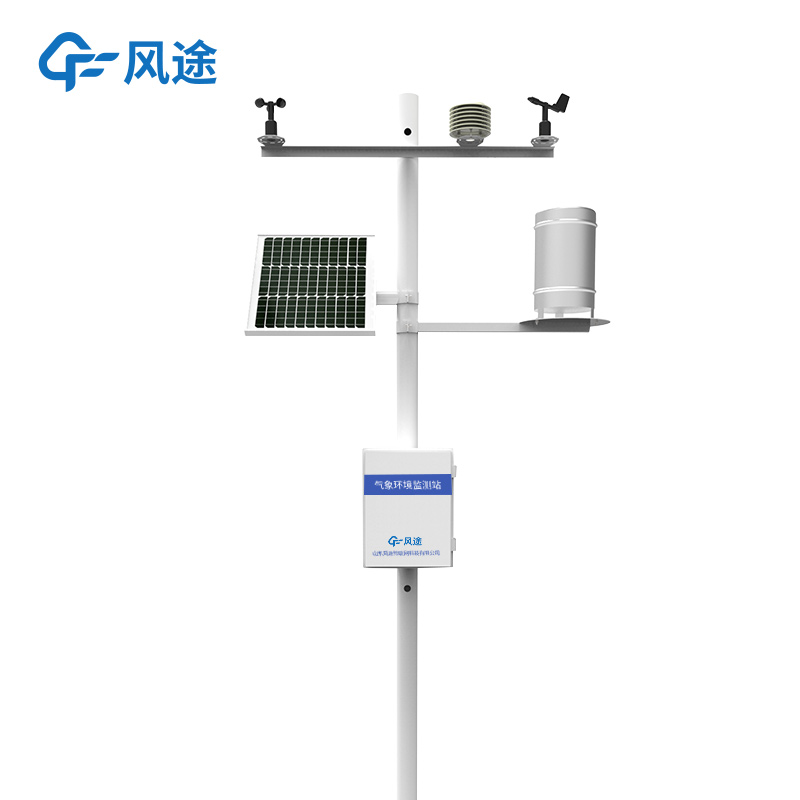Meteorological environment monitoring equipment supplier
Insist on doing high-precision customer favorite technology products
In the era of rapid technological development, meteorological observation is no longer confined to the professional field. Small Automatic Weather Stations are gradually making their way into campuses, bringing brand - new learning experiences and exploration opportunities to teachers and students.
A Small Automatic Weather Station is a device that can automatically collect a variety of meteorological data. It is equipped with temperature sensors, humidity sensors, air pressure sensors, wind speed and direction sensors, etc. These sensors can monitor the campus weather in real - time.
The installation location of a Small Automatic Weather Station on campus is of great importance. Usually, an open area with good ventilation and no obstruction by tall buildings, such as a corner of the playground, is selected. In this way, the weather station can accurately collect real - world meteorological data. Through the data collection module, information such as temperature, humidity, air pressure, wind speed, and wind direction is recorded in real - time.
The real - time monitoring function further enhances the practicality of the Small Automatic Weather Station. With the help of Internet technology, teachers and students only need to open a specific software or web page on a computer or mobile phone to view the real - time campus weather data at any time. This is not only convenient for daily observation of weather changes but also provides rich materials for teaching activities.
In science classes, teachers can vividly explain the principles of weather formation, the laws of climate change, and other knowledge in combination with the data from the weather station. By personally experiencing the data collection and analysis process, students can better understand the mysteries of meteorological science.
A Small Automatic Weather Station helps cultivate students' spirit of scientific inquiry and practical abilities. Students can work in groups to conduct comparative analysis of meteorological data and study the meteorological characteristics of the campus in different seasons and at different times. They can even carry out some small - scale research projects, such as the impact of campus greenery on the local climate.
The application of Small Automatic Weather Stations on campuses not only builds a good platform for the popularization of meteorological knowledge but also opens a door to natural science exploration for students. It allows them to feel the charm of meteorology through data and stimulates their love for and pursuit of science.
